Can Pakistan revive its steel mill?
Reviving PSM requires meeting domestic demand, securing a niche globally
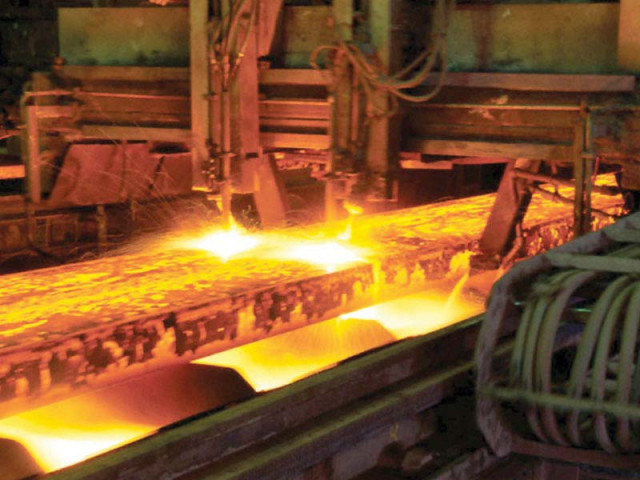
In recent months, the revival of Pakistan's steel mill industry has taken centre stage in discussions between the Sindh provincial government and the federal authorities. At the heart of this debate is the Pakistan Steel Mills (PSM), once a symbol of industrial strength and national pride, which has remained dormant since 2015. With mounting financial losses and operational challenges, the PSM's revival holds significant promise for reshaping the country's industrial landscape and boosting economic growth. However, the path forward is fraught with challenges requiring careful coordination.
Established in 1973, and situated on a sprawling 19,000-acre plot near Karachi, the mill had the capacity to produce over a million tons of steel annually. However, mismanagement, financial inefficiencies, and political interference led to its decline. As of August 2024, total losses have ballooned to approximately Rs600 billion, including Rs224 billion in operational losses and Rs335 billion in outstanding payments.
The closure of PSM has had a ripple effect on Pakistan's broader industrial sector. Steel, a critical input for construction and manufacturing, has become increasingly reliant on imports, costing billions of dollars annually. This dependency has strained the country's foreign reserves and created vulnerabilities in meeting domestic demand.
Central to the revival debate is the question of jurisdiction and ownership. While the PSM is federally owned, its location in Sindh and its impact on the province's economy have drawn the Sindh government's interest in its future. Both sides have expressed a willingness to collaborate, but differing priorities and approaches have complicated negotiations. The federal government, under the leadership of the caretaker administration, has shown a preference for privatisation as a strategy to attract private sector investment. This approach is seen as essential for reviving PSM, with officials arguing that privatisation would relieve the government of financial burdens, while bringing in the expertise and capital needed to modernise the facility.
The Sindh government, led by Chief Minister Murad Ali Shah, has taken a more cautious stance. While acknowledging the need for private sector involvement, provincial authorities have emphasised the importance of safeguarding workers' rights and ensuring that local communities benefit from the mill's revival. Sindh has proposed a public-private partnership model, wherein the provincial government would play an active role in overseeing operations and ensuring compliance with social and environmental standards.
The steel industry plays a crucial role in supporting Pakistan's economic growth and infrastructure development. Despite its potential, the path to reviving PSM is riddled with challenges. First and foremost is the financial burden. Estimates suggest that reviving the mill could require an investment of over $1 billion, including costs for modernising outdated equipment, repaying debts, and meeting regulatory requirements. Additionally, operational hurdles have been exacerbated by recent government decisions, such as halting the mill's gas supply in mid-2024, effectively freezing any revival efforts.
Labour issues present another major obstacle. The mill's closure left nearly 10,000 workers unemployed, many of whom have demanded compensation and reemployment. Labour unions have voiced concerns about potential layoffs and wage reductions under a privatised model. Balancing these concerns with the need to create a leaner, more efficient workforce will be critical to ensuring the mill's long-term viability.
Meanwhile, the steel industry is a major contributor to greenhouse gas emissions, and implementing cleaner production technologies and ensuring compliance with environmental standards will add to the project's complexity and cost.
Market dynamics pose an additional challenge. The global steel industry is highly competitive, with established players from China, India, and other countries dominating the market. Reviving PSM would require not only meeting domestic demand, but also carving out a niche in the international market. Achieving this would demand substantial investments in product quality, cost efficiency, and marketing.
Despite these challenges, the potential economic benefits of reviving Pakistan Steel Mills are immense. At a macroeconomic level, the mill's revival could reduce Pakistan's reliance on steel imports, saving millions in foreign exchange. By meeting a significant portion of domestic demand, the mill could stabilise steel prices and provide a competitive edge to downstream industries such as construction, automotive, and manufacturing. Currently, the steel industry's contribution to Pakistan's GDP is estimated at approximately 1.5%. A functional PSM could significantly enhance this share, potentially adding 0.5% to 1% more to GDP growth over the next decade.
The impact on exports could also be significant. With increased production capacity and improved quality standards, Pakistan could tap into regional and global markets for steel products. This would not only diversify the country's export portfolio but also generate valuable foreign exchange revenues. Establishing a foothold in export markets would require strategic investments in branding, logistics, and compliance with international quality standards.
A revitalised steel industry would serve as a cornerstone for Pakistan's infrastructure development plans. The availability of locally produced steel would lower construction costs and accelerate the completion of key projects, including roads, bridges, and housing schemes. This, in turn, would contribute to GDP growth by spurring activity in allied sectors such as cement, transportation, and real estate.
A strong steel industry would enhance Pakistan's industrial competitiveness, reducing vulnerabilities to external shocks and fostering long-term economic resilience. The multiplier effect of increased industrial activity would create jobs, boost household incomes, and drive consumer spending, creating a virtuous cycle of growth.
To ensure the success of Pakistan Steel Mills' revival, a clear and comprehensive roadmap is essential. Key elements of this roadmap should include bringing together federal and provincial governments, private investors, labour unions, and civil society to develop a shared vision for the mill's future. Conducting a detailed feasibility study to assess the technical, financial, and environmental aspects of the revival should also be prioritised.
Offering attractive incentives to private investors, such as tax breaks, land leases, and regulatory support, will be crucial. Modernising operations with energy-efficient technologies that reduce emissions and operational costs will enhance competitiveness. Addressing labour concerns through fair compensation packages, retraining programs, and mechanisms for worker participation in decision-making will build goodwill and prevent disruptions.
The revival of Pakistan Steel Mills represents a unique opportunity to reinvigorate the country's industrial sector and drive economic growth. While the challenges are significant, they are not insurmountable. Success will depend on the ability of policymakers to navigate competing interests, address underlying issues, and create an environment conducive to sustainable growth.
THE WRITER IS A MEMBER OF PEC AND HAS A MASTER'S IN ENGINEERING


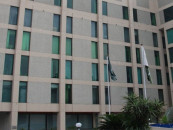

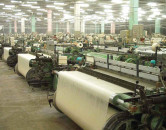
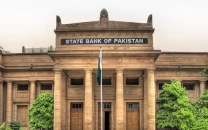








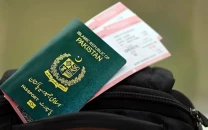







COMMENTS (2)
Comments are moderated and generally will be posted if they are on-topic and not abusive.
For more information, please see our Comments FAQ